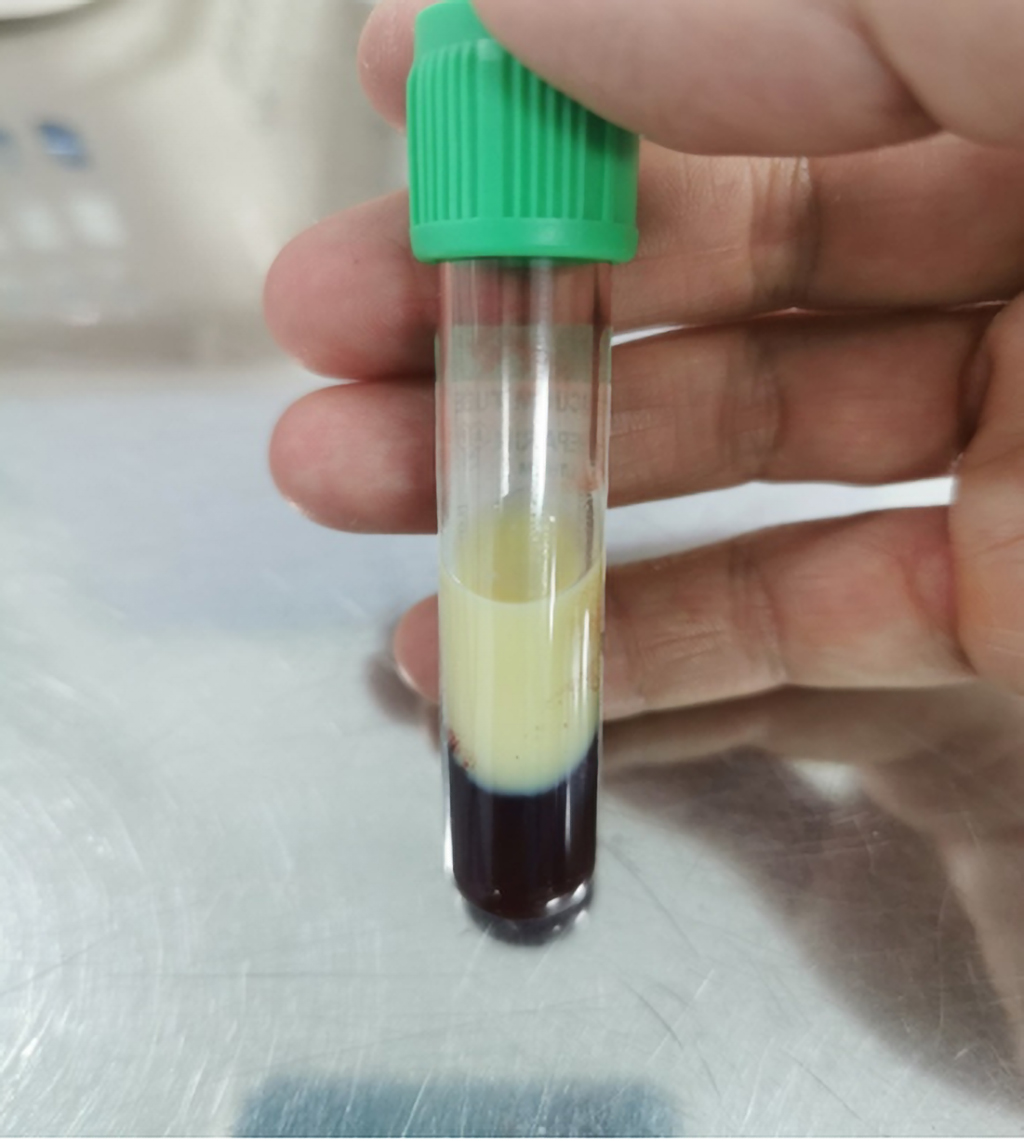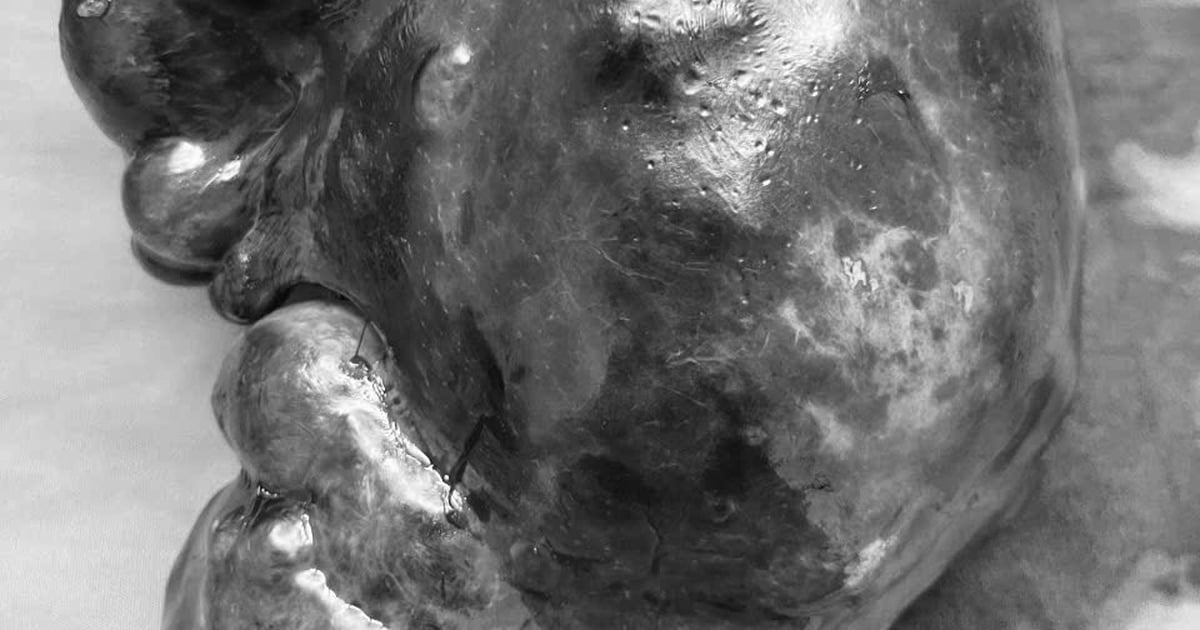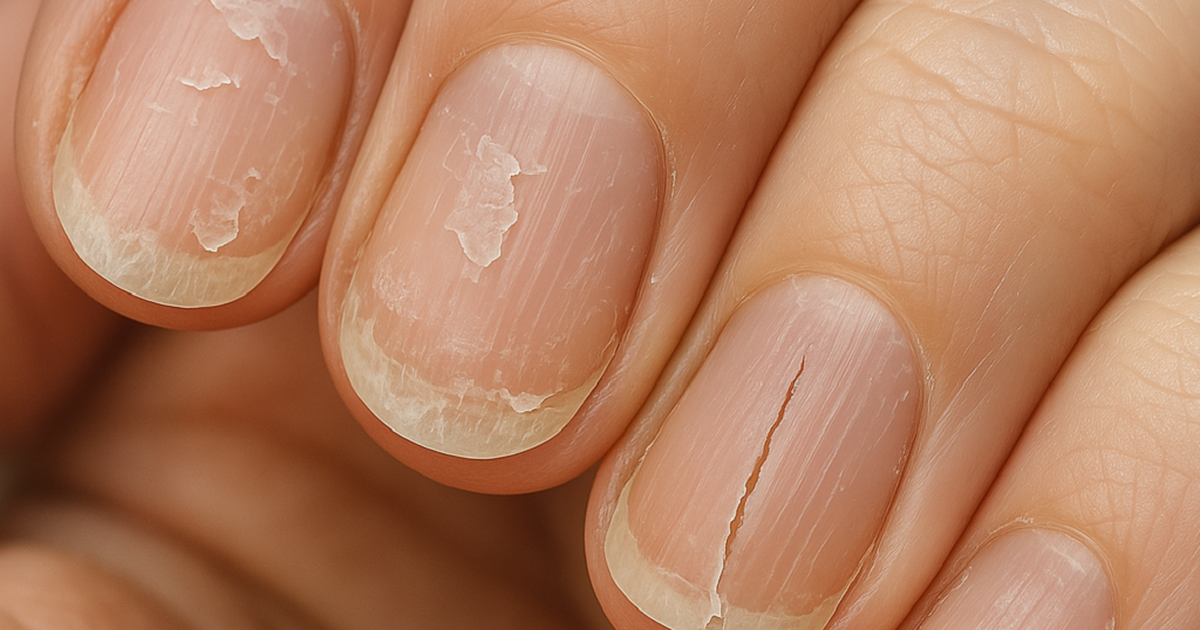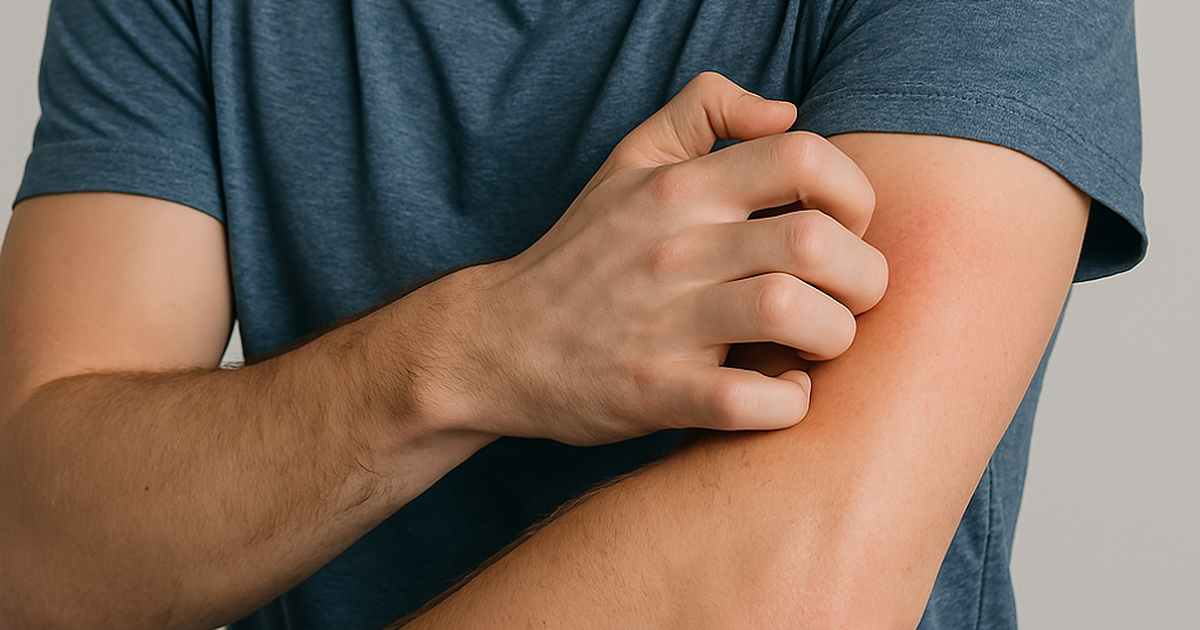The patient (BN) is a male (living in Hanoi) with acute pancreatitis, was admitted to the emergency room at the 108 Central Military Hospital in a state of severe abdominal pain.

Fat "solidified" in patient's blood tube 1 hour after being removed
The patient had been treated for acute pancreatitis 6 times at other hospitals. This time, the patient was hospitalized at the Department of Gastroenterology Emergency - Institute of Digestive Diseases. Diagnostic imaging and testing results showed that the patient's abdomen had an image of acute pancreatitis and edema; pancreatic enzymes were elevated, and the triglyceride level at admission was 157 mmol/L (normal level is below 2.3 mmol/L). The patient was treated with intravenous fluids, pain relief, and blood lipid reduction with intravenous insulin. After 1 week of treatment, the patient's abdominal pain was gone, blood lipid levels were within the allowable limit, and he was discharged from the hospital.
According to the doctor of the Department of Gastroenterology Emergency, acute pancreatitis due to hyperlipidemia occurs in about 30 - 35% of hospitalized patients with acute pancreatitis. Hyperlipidemia (triglyceride) is directly related to acute pancreatitis. In particular, with triglyceride levels above 5.6 mmol/L, patients are at risk of acute pancreatitis. If triglyceride levels are above 11.3 mmol/L, the risk of acute pancreatitis is 5%, this rate increases to 10 - 20% when triglyceride levels are above 22.6 mmol/L.
Dr. Ngo Thi Hoai, a doctor at the Department of Gastroenterology Emergency, shared: "Many studies have shown that acute pancreatitis caused by hyperlipidemia is often more severe and life-threatening than other causes. If the patient's hyperlipidemia is not treated, there is a risk of acute pancreatitis recurring, which will then lead to chronic pancreatitis causing failure of both the endocrine and exocrine pancreas."
Doctor Hoai also recommends: People with lipid metabolism disorders should go for examination and treatment of lipids; maintain control of lipids through diet, weight and medication.
According to the National Institute of Hematology and Blood Transfusion, triglycerides are neutral fats found in the blood, accounting for 95% of fats (vegetable oils, animal fats) in the daily diet. After eating, the body converts any unused calories that have just been eaten into neutral fats and stores them in fat cells. Hormones then release neutral fats to provide energy for the body.
If a person regularly eats more calories than they burn, especially high-energy foods, the body will contain more triglycerides, which means the amount of triglycerides in the blood will increase.
People with high triglyceride levels are often overweight, eat too many sweets, drink a lot of alcohol, smoke, are sedentary, or have diabetes with high blood sugar.
HOW TO CONTROL BLOOD FAT?
Increase intake of vegetables and fruits.
Limit or completely quit alcohol, especially people with heart disease or high blood pressure.
Don't eat too much starch.
Increase regular exercise or play light sports such as: walking, badminton, swimming, aerobics...
You should go for regular check-ups to get your blood lipids tested. When your blood lipids are high, you need treatment, follow your doctor's instructions and advice, and do not buy medicine on your own.
(Source: National Institute of Hematology and Blood Transfusion)
Source link







![[Photo] Visiting Cu Chi Tunnels - a heroic underground feat](https://vstatic.vietnam.vn/vietnam/resource/IMAGE/2025/4/8/06cb489403514b878768dd7262daba0b)




















































































Comment (0)